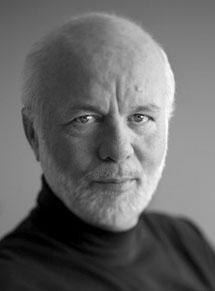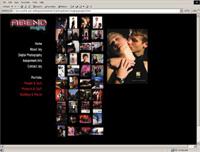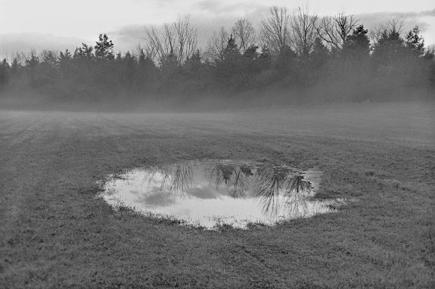Pro Techniques
Sort By: Post DateTitle Publish Date
|
May 04, 2011 |
First Published: Apr 01, 2011 |
|
Nov 01, 2010 |
|
Nov 01, 2009 |
|
Jun 28, 2013 |
First Published: May 01, 2013 |
|
Sep 27, 2024 |
|
May 06, 2014 |
First Published: Mar 01, 2014 |
|
Jan 31, 2012 |
First Published: Dec 01, 2011 |
|
Feb 01, 2010 |
|
Sep 01, 2001 |
|
Apr 01, 2009 |
|
Jun 01, 2000 |
|
Nov 21, 2012 |
First Published: Oct 01, 2012 |






 Chase Jarvis is one of a new breed of successful young photographers who’s at the top of his game. His use of social networking has brought him an enormous following while his exploration of radical business models is opening new markets. Best known for his lifestyle and sports images, the creative and financial success of his personal projects has earned him top corporate clients like Nikon, Reebok, and Microsoft.
Chase Jarvis is one of a new breed of successful young photographers who’s at the top of his game. His use of social networking has brought him an enormous following while his exploration of radical business models is opening new markets. Best known for his lifestyle and sports images, the creative and financial success of his personal projects has earned him top corporate clients like Nikon, Reebok, and Microsoft.








